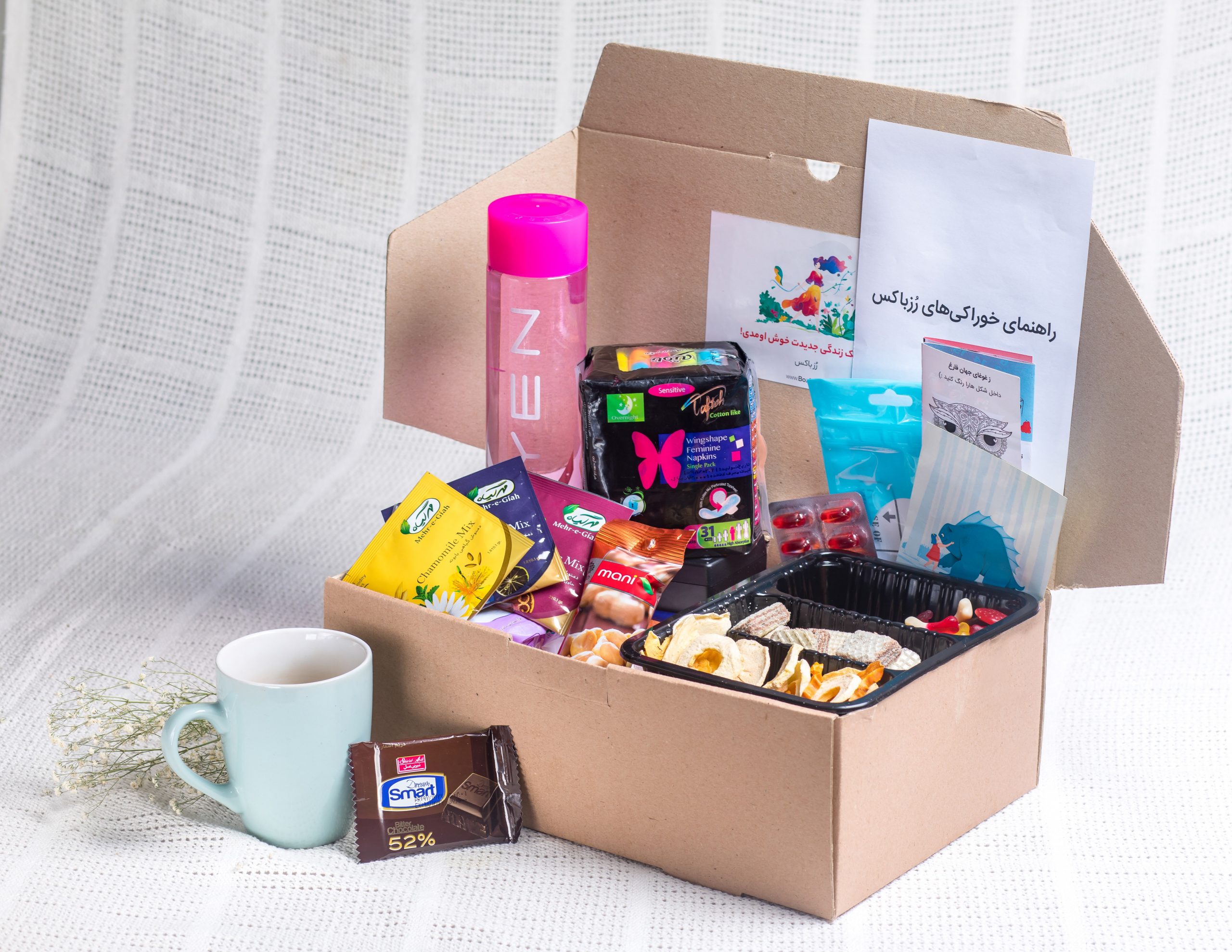Dear Readers,
Lately, I have been having the need to regroup and collect my emotions throughout the day in the form of self-care. I recently created a toolkit for myself filled with items that have been helping me with my mental health journey this semester. This time of year is typically a tough hurdle to get through. Midterms, papers, on top of the daily grind of university is a difficult process to overcome—and COVID-19 is the unfortunate cherry on top of all of this! I have been using my kit a lot lately and I can honestly say that it has greatly improved my day-to-day coping strategies. Being aware of my thoughts and feelings has given me a greater basis for improvement and reflection on my overall wellbeing.
Are you feeling the need to check-in with yourself daily? Do you need extra support in caring for your mental health? Follow the steps below to complete your own self-care toolkit.
Physical or Virtual?
Choose a method of containment for your tool kit. It doesn’t have to be a physical kit (i.e., a box that you keep under your bed); it can be a folder on your computer or phone with things that help you feel at your best (i.e., mood tracking or meditation apps). Whichever method you choose, make sure your toolkit is easily accessible when needed!
What Makes You Happy?
Select a few items that bring you a sense of joy. For example, you could put photos of family, friends, or pets in your kit. You could put snacks like granola bars or squares of your favourite chocolate. You can even add encouraging and uplifting notes to yourself. Bring anything that recalls happiness to you—an important method of self-care.
What Brings You Calm?
Items that provide a sense of relief from stress and anxiety are some of the most crucial parts of a self-care toolkit. You can add items that correspond to the five senses—touch, sound, taste, smell. I like using calming essential oils such as lavender, chamomile, or mint. Add some CBD oil, a stress ball, or a meditation bowl. You can customize this entirely to your specific needs.
Add Relevant Resources.
Compile a list of resources that are relevant to your needs. This may include the SupportConnect phone number to the Island Health Crisis Hotline. You can also add articles or books that you find useful. These compiled resources are to be used and easily accessed as necessary.





Thank you!
l like it